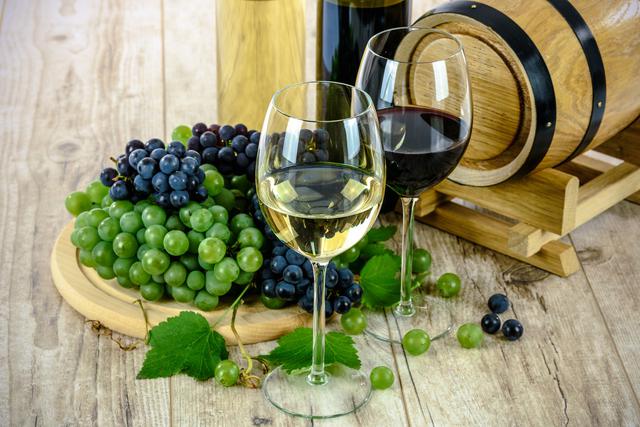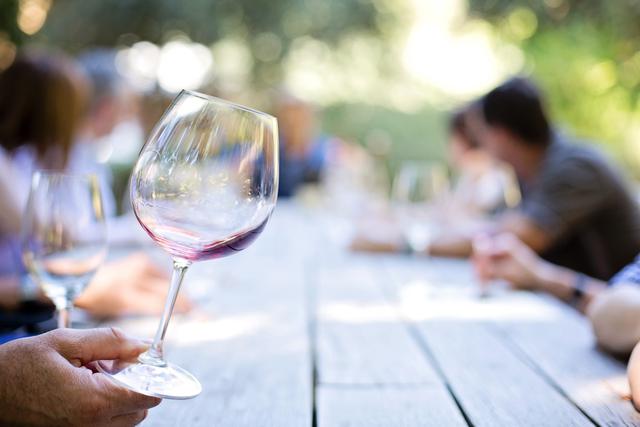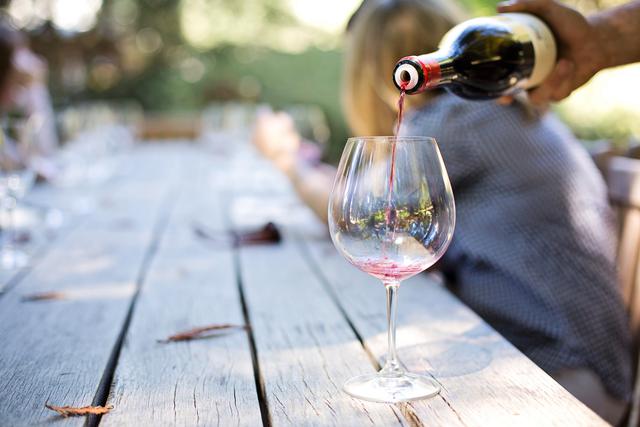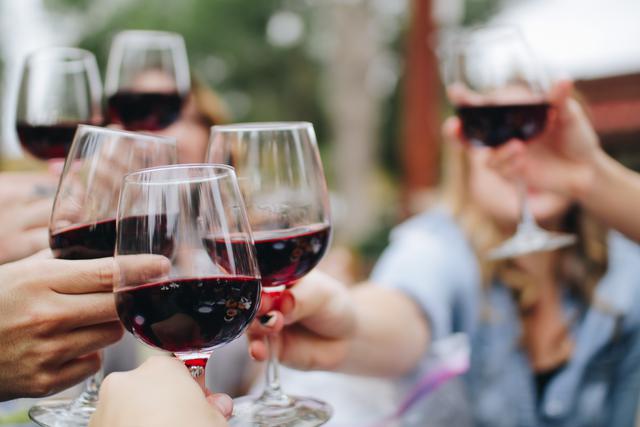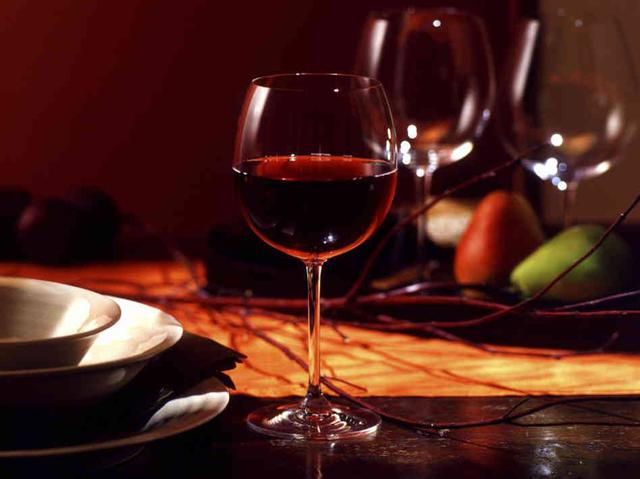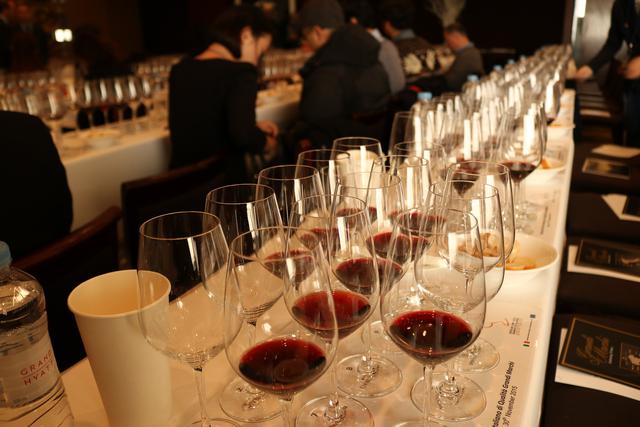Although wine tourism in the U.S. is still generally considered a growing segment of the bigger tourism sector, there’s no denying its tremendous potential. After all, it draws thousands of people yearly and generates a substantial number of cellar sales at the conclusion of each tour.
However, just like any business segment, wine tourism (a.k.a. enotourism) also faces certain challenges as it continues to grow in scale. Here are three of these challenges:
1. Consumer demographic shifts
Traditional wine tour attendees have been baby boomers who have had far more disposable income than their children, generation X consumers, and millennials. And as baby boomers now shift to fixed income during retirement, they are also expected to spend less on wine tasting events, as well as other leisurely pursuits. The focus now is on developing opportunities that successfully combine a rich experience with a good value in order to attract the new generation of wine consumers.
Moreover, the younger generation is also, as a whole, more focused on the state of the environment. Hence, they are expected to gravitate more toward wine tours and products that emphasize sustainability as part of the theme and process.
2. The need for personalized tours
Most wine tours follow an established formula. Each tour package includes scheduled visits to a certain number of winemakers, as well as some wine tasting sessions, and any other add-ons depending on the package. Since tour operators are on the clock, tourists are expected to adhere to the set schedule. This, they say, is typical of New World wine tours.
Old World wine tours in Europe (i.e. France, Italy, Portugal, and Spain), on the other hand, are said to be unfiltered, spontaneous, and authentic. Instead of merely offering a guided tour led by a knowledgeable person, tourists can expect to meet the winemaker and or vineyard owner themselves. This way, they get a dose of rich history and excellent conversation about wine, cheese, and more.
American wine tour service providers, then, need to come up with a way to personalize the wine tours they offer. They also need to balance the experience with a need to be time-efficient in order to still make a profit.
3. Inadequate marketing
Although wine tours have grown in terms of popularity in the past years, this segment of the tourism sector can still benefit from more robust or aggressive marketing strategies. One way of doing this is by acquiring information that accurately and fundamentally portrays an updated wine tourist profile.
It is essential to know who comprises the wine tourism market, what makes them tick, what interests they have, their lifestyle, and their level of fascination for wine. This way, wine tour service providers can tailor their marketing efforts and programs to cater to the needs and wants of this identified market.
Wine tour operators also need to utilize all marketing channels available to them and relevant to their market in order to efficiently reach a wider audience. This includes having a good quality website with valuable content, as well as regular relevant social media posts featuring high-quality images and content and an integrated marketing approach across all mediums used.
A taste of better things to come
In spite of these issues coupled with challenging weather patterns and environmental changes beyond the control of wine producers, wine tours remain an essential feature of the winemaking industry.
Wine tours are expected to continue to grow and become more refined and sophisticated as we tune into the discerning tastes of our new generation of consumers.


